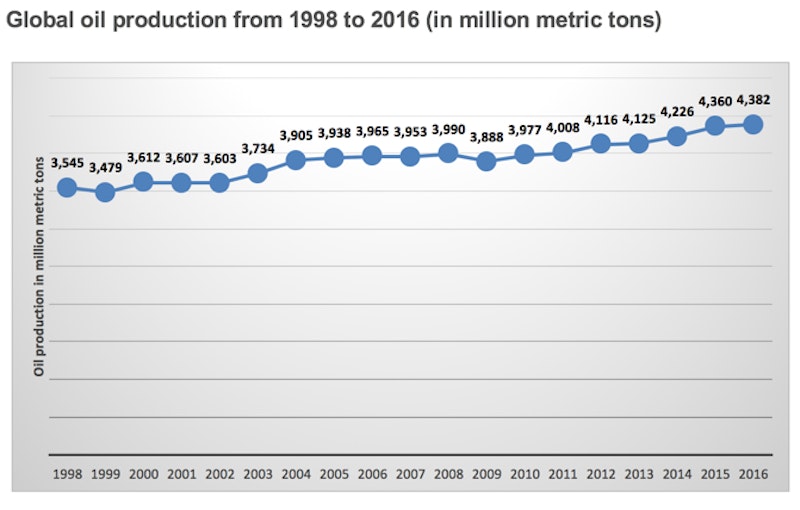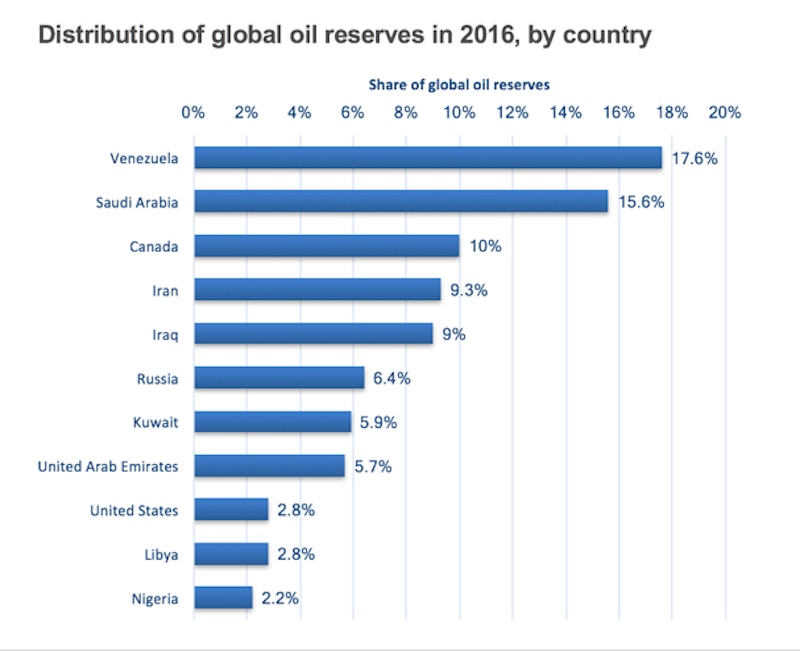Study Notes
Energy - the Oil Trade
- Level:
- AS, A-Level, IB
- Board:
- AQA, Edexcel, OCR, IB, Eduqas, WJEC
Last updated 2 Aug 2017
Key points on the global oil trade include:
- Due to the specific geological conditions required to concentrate oil into exploitable accumulations, it is less widely distributed than coal.
- Production of oil is highly concentrated in the countries and regions that have the highest reserves, namely the Middle East, Russia, and the USA.
- The Middle East dominates oil production both because it has the largest reserves and also the most accessible, with large, ‘shallow’ (close to the surface) reservoirs of oil making them cheaper to produce from. In contrast, oil found beneath permafrost, such as in Alaska, or in deep water, such as off the coasts of Angola or Brazil, is more technologically challenging and more expensive to produce.
- Other countries possess ‘unconventional’ oil reserves, such as those found in shale and tar sands or referred to as heavy oil, as found in Canada and the USA, which - though abundant in some deposits - are expensive and energy-intensive (and therefore polluting) to produce, requiring a high global oil price to justify production.
- As well as the physical and technological challenges involved with oil production, some regions also face geopolitical challenges, such as unstable political situations, which make it a less favourable place for energy TNCs to invest and produce oil from, even though reserves are present – such as Libya, Nigeria and Iraq.
- The dominance of oil in the 20th and early 21st century for providing heating for industry and homes, generating power (engines), electricity (diesel generators) and fuelling all classes of transport has meant that all countries have an oil demand which is why it is one of the most widely traded resources across the globe.


You might also like

World’s Largest Offshore Wind Farm gets Green Light for North Sea
21st February 2015
McDonalds to start using paper straws
18th June 2018

Geography in the News: A Corner of Europe Starts Living With Blackouts Again
1st September 2022
Daily Email Updates
Subscribe to our daily digest and get the day’s content delivered fresh to your inbox every morning at 7am.
Signup for emails